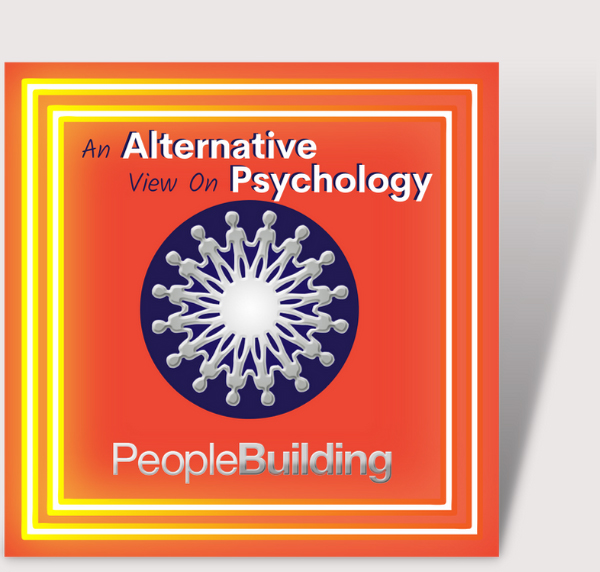Don’t get me wrong, I love hypnotherapy and as a qualification, it’s one that I value the most. However, there are times when hypnosis is just not appropriate or, it may be that the client has yet to learn the skills required to be able to access the deep state of relaxation that would ideally be utilised in hypnosis.
However, that doesn’t mean that all forms of trance work are out of the question entirely. Consider the amount of times throughout the day you are entering into a trance: When you listen to music, whilst brushing your teeth, when driving or when typing on your computer. Just because your eyes are open it doesn’t mean that you are not in a trance state.
Essentially, when we are using hypnotherapy with a client, we are allowing them to access a state, which typically has the benefit of relaxation, where they are focused only on what you say and other sensory information fades out of their awareness. This state brings with it the benefit of the conscious critical faculty being reduced – that is to say that they part of your mind that us usually present which is questioning, analysing, making observations of or arguing with the sensory data you are receiving is lessened. The benefit of this is that the hypnotherapist is then able to give suggestions for learning, change or improvement without the usual obstructions that the conscious mind gives.
For example, if you came to me and said “Gemma I could really use some help losing weight” I might respond with “Eat some more vegetation and cut out the man-made products like pasta, bread and pastries.” If you’re not in a trance state, that critical faculty is likely to hear the advice I give you (the sensory data is the words you hear) and in your mind or out loud you may think “Well obviously I know that. If it was that easy I would have just done it already.”
By utilising a trance state, that internal or external response you might otherwise have towards me is out of the way. It’s quieter or not there at all, meaning that you can process my suggestion as an instruction.
When someone is not able to lay back and relax into a deep state of hypnosis we can create awakened trances instead. It would be easy to dismiss the state of hypnosis as not being relevant to some people. Some think they cannot be hypnotised at all. This may be true when you look at hypnosis as a single skill that looks like deeply relaxed trance work, but in truth trance has a spectrum of depth, ranging from the watching tv trance like state to such a deeply relaxed and suggestible state that someone can eat an onion believing it is an apple.
To help someone achieve an awakened trance, I always find it is better not to announce to them the state you are wanting to induce. If you are not using formal hypnosis (particularly in the case where someone was anxious about using formal hypnosis) it will do them no good to tell them that you are helping them achieve a special state. If they are anxious about “letting go of control” then they will only resist you if you tell them that you are wanting to create a trance. With formal hypnosis you should always prepare the client, but for light trance work it is something that is available to the client already. Have in mind the suggestions for change and improvement that would benefit them and weave these suggestions into general conversation – which could be about the subject matter for which they have sought your help. Your suggestions need only be plausible. The more motivational and empowering you can make what you say to them, the more easily they will relax and feel compelled to listen at that deeper level.
By Gemma Bailey
www.peoplebuilding.co.uk


